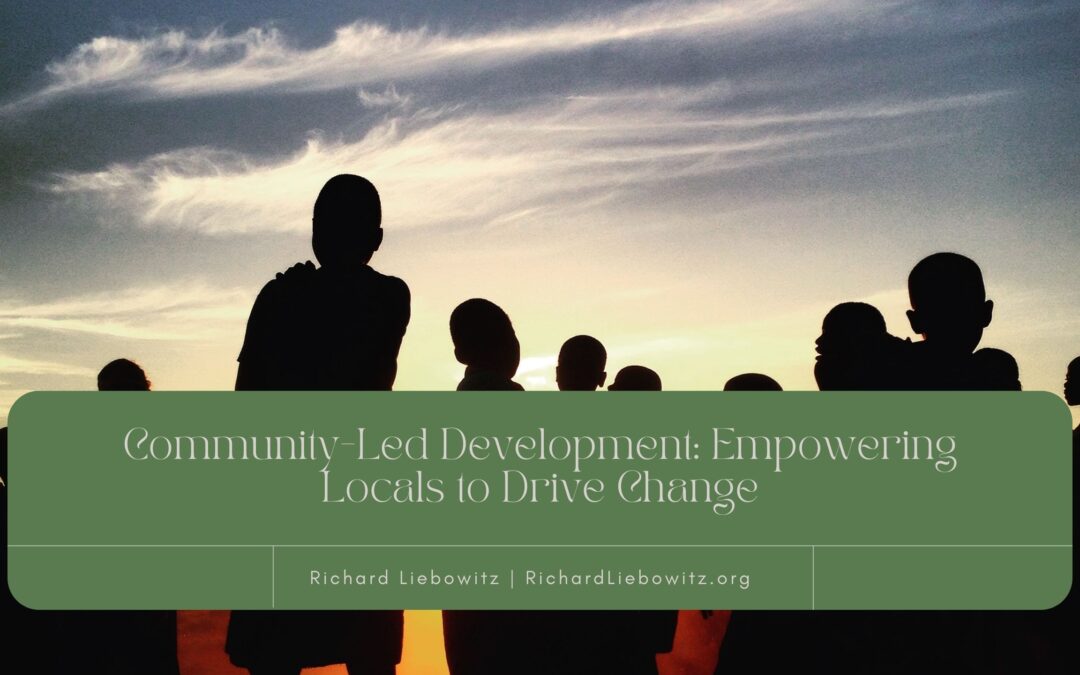In sustainable development, a paradigm shift is underway that places the power of change squarely in the hands of the communities it seeks to uplift. Community-led development, an approach gaining momentum globally, is reshaping how we address social, economic, and environmental challenges.
1. Defining Community-Led Development
At its core, community-led development is a grassroots approach that recognizes the expertise, resilience, and unique insights of local communities. Rather than imposing solutions from external sources, this model involves empowering community members to identify their own challenges, set priorities, and actively participate in the decision-making processes that shape their future.
The essence of community-led development lies in fostering genuine collaboration, valuing local knowledge, and promoting sustainable solutions that resonate with each community’s cultural, social, and economic context.
2. Principles of Community-Led Development
Inclusivity: Community-led development prioritizes inclusivity, ensuring that the voices of all community members, including marginalized groups, are heard and considered in decision-making processes. This approach addresses systemic inequalities and creates pathways for everyone to contribute to and benefit from development initiatives.
Participation: The active involvement of community members is a cornerstone of this model. From identifying challenges to designing and implementing solutions, communities play a central role in every phase of the development process. This ensures more relevant and sustainable outcomes and fosters a sense of ownership and pride among residents.
- Sustainability: Community-led development emphasizes long-term sustainability over short-term gains. Integrating local knowledge and resources allows initiatives to endure beyond external interventions. This promotes a sense of responsibility and self-reliance within communities, creating a foundation for lasting positive change.
- Adaptability: Recognizing that each community is unique, this approach encourages flexibility and adaptability in project design. Solutions are tailored to local needs and circumstances, promoting a more organic and responsive approach to development.
3. Empowering Locals
One of the most compelling aspects of community-led development is its ability to empower individuals within communities. Community members gain a sense of agency and empowerment through active participation in decision-making processes, training programs, and skill-building initiatives.
For instance, in a rural village where community-led agricultural initiatives have been implemented, residents are not just beneficiaries but active contributors. They receive training on sustainable farming practices, learn about market trends, and collectively make decisions that shape the trajectory of their local agriculture. This empowerment goes beyond immediate project goals, instilling a sense of pride and self-efficacy that transcends individual initiatives.
4. Successful Case Studies
Women’s Empowerment in India: In several Indian villages, community-led development initiatives have focused on women’s empowerment. Through skill development programs, education, and support networks, women have become catalysts for change within their communities. This uplifts individual women and contributes to the overall development and resilience of the entire community.
Sustainable Agriculture in Sub-Saharan Africa: Community-led initiatives have proven successful in regions facing agricultural challenges. Communities have seen increased agricultural productivity and improved food security by involving local farmers in decision-making, providing access to innovative farming techniques, and fostering cooperative structures.
5. Overcoming Challenges
While community-led development has shown tremendous promise, it has its challenges. Issues such as limited resources, external pressures, and power imbalances can impede the effectiveness of this approach. However, recognizing and addressing these challenges head-on is crucial to ensuring community-led initiatives’ continued success and sustainability.
Community-led development represents a powerful shift in the narrative of progress. As we explore innovative approaches to global challenges, the transformative impact of community-led development serves as a beacon of hope—a reminder that sustainable change begins at the grassroots level, one empowered community at a time. Through genuine collaboration, inclusivity, and a commitment to lasting impact, we can pave the way for a more equitable and sustainable future for communities worldwide.

